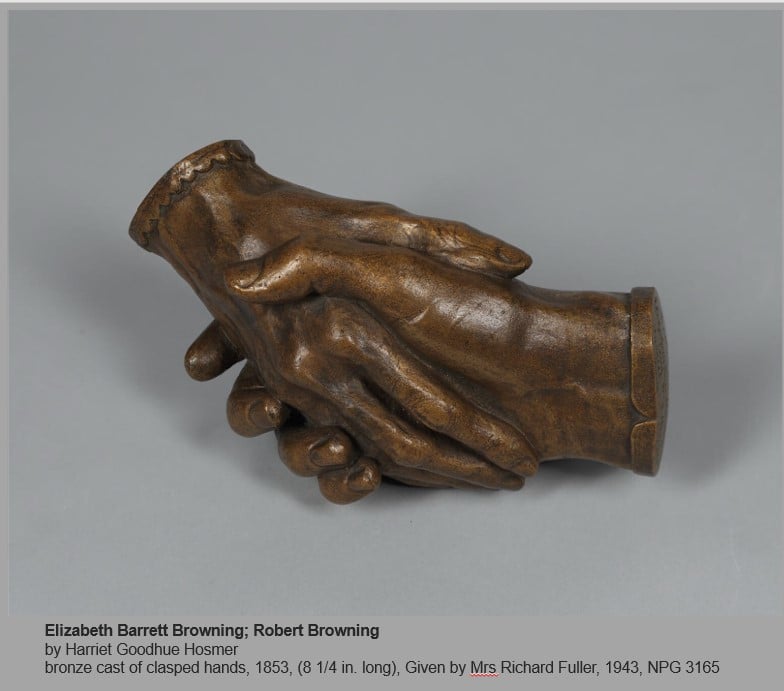“The signs of a grassroots push to reinvent the last third of life are unmistakable. Call it the ‘Unretirement’ movement—and it is a movement.” (Why I’m not Buying the Retirement Gloom)
Traditional retirement involves transitioning from your career, never to return to the paid workforce. If that’s your plan, that’s great. But if you’re not sure that’s the best move for you, know that retirement opens up a wide variety of options, some of which involves going back to the workforce.
In fact, a recent study of people aged 50 and up who hadn’t yet retired indicates that 72 percent of them want to continue to earn a paycheck during retirement. In the study summary, it is noted that many survey participants view retirement as a “chance to try something new and even pursue career dreams they were unable to explore during their pre-retirement years.”
Baby Boomers are the most educated generation in U.S. history, and healthier on average than any previous generation. Not surprisingly, many of them don’t slow down in their 60s and 70s as was expected in the past. To quote economist Nicole Rand, “Yes, America has an aging population. The upside of that is a whole generation of people who are interested in anything but retirement.”
Reasons Why People Want to Keep Working, Post-Retirement
The No. 1 reason is to stay mentally active. The No. 2 reason? To stay physically active. The next most common reasons include social connections, a sense of identity and self-worth—then, finally, money is mentioned. Eighty percent of working retirees are in the workforce simply because they want to be, not because of any financial necessity.
New Retirement Workscape
This intriguing graphic shows the “new retirement workscape” that comes in four phases:
- Pre-retirement (five years): During this time, people not wishing to permanently leave the workforce should explore lifestyle-friendly ways to work for income, post-retirement
- Career intermission (2.5 years) where 52 percent of people take a break from working, using the time to relax, recharge, retool
- Re-engagement (nine years), with re-engagers consisting of:
- Caring contributors (33 percent)—mostly women, they want to give back to worthwhile causes
- Earnest earners (28 percent)—working for income
- Life balancers (24 percent)—they appreciate workplace social connections, along with the financial influx
- Driven achievers (15 percent)—mostly men, many of these are entrepreneurs who feel they retired at their peak
- Leisure: work-free years
Three in five working retirees say that retirement allowed them to transition into a new career. These “encore careers” permit retirees to embrace a new direction that is meaningful to them while also providing income. Those who choose to work part time can also pursue other interests, as well, whether that means traveling, spending more time with friends and family, or something else entirely.
Planning Ahead
If your goal is to work for income, post-retirement, in an area where you don’t have significant (or any) experience, plan ahead. If, for example, your dream is to someday work for an organization focused on environmental causes, become involved in this endeavor on a volunteer basis. If you start doing that in your 40s or 50s, by the time you’ve retired, you will have significant contributions to make to the field.














